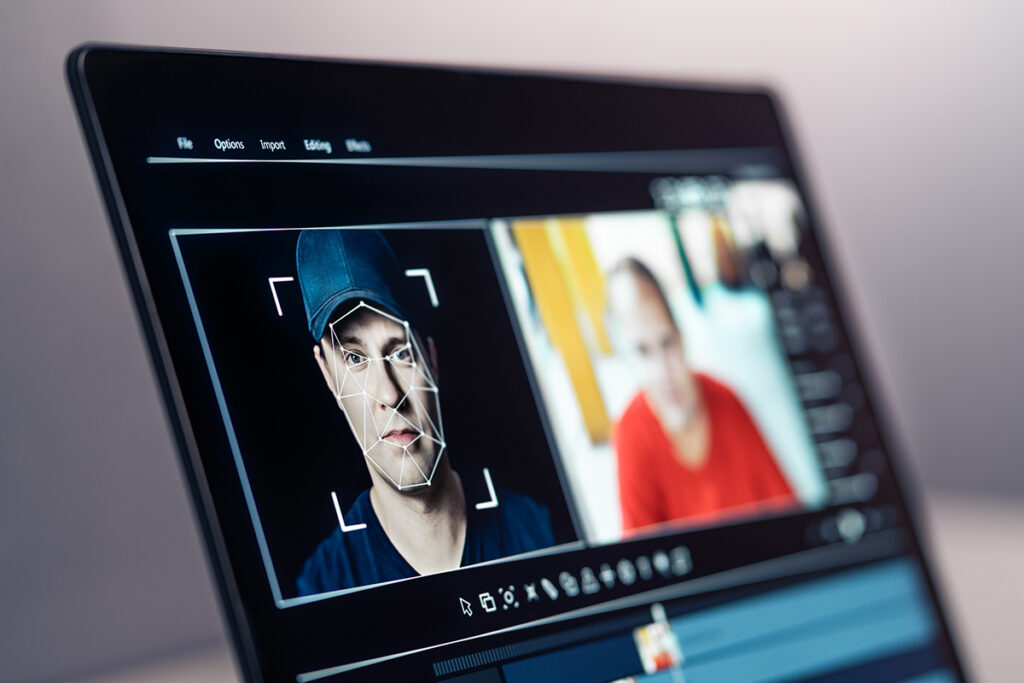In today’s digital age, the proliferation of AI-generated deepfakes poses a formidable challenge to online authenticity, blurring the lines between reality and fiction. With the advent of sophisticated tools like DALL-E, Midjourney, and OpenAI’s Sora, creating convincing fake images, videos, and audio has never been easier, raising concerns over scams, identity theft, and the manipulation of public opinion.
However, despite the complexity of modern deepfakes, there are still ways to discern genuine content from AI-generated fabrications. Initially, deepfakes were easier to spot due to glaring anomalies, such as disproportionate body parts or inconsistent details. But as technology has advanced, so too has the subtlety of these manipulations, making it increasingly difficult to identify fakes based on older metrics, such as unnatural blinking patterns.
The key to spotting deepfakes lies in attention to detail. Many AI-generated images of people, for instance, tend to exhibit a peculiar, polished appearance, with skin looking unnaturally smooth. However, experts caution that creative prompting can sometimes overcome these and other telltale signs of AI manipulation. Similarly, inconsistencies in shadow and lighting, especially when the subject appears more realistic than the background, can be a giveaway.
Face-swapping techniques, a common method employed in deepfake creation, may reveal discrepancies at the edges of the face, where the skin tone might not match the rest of the body, or where the facial boundary appears unnaturally sharp or blurred. In videos, a misalignment between lip movements and spoken words can indicate tampering, as can unclear or inconsistent teeth, which algorithms may struggle to depict accurately.
Beyond technical analyses, contextual cues also play a crucial role. Evaluating the plausibility of the content and the consistency of the depicted individuals’ behavior with their known public personas can offer clues to the authenticity of the media. For instance, implausible scenarios involving public figures in unlikely settings or attire warrant a closer examination and cross-verification.
To combat the spread of deepfakes, AI-driven tools have been developed, including Microsoft’s authenticator and Intel’s FakeCatcher, which analyze photos and videos to assess their authenticity. However, access to some of these tools remains limited, as unrestricted public use could inadvertently assist those creating deepfakes by providing insights into how to evade detection.
As AI technology continues to evolve at a rapid pace, the strategies for detecting deepfakes must also adapt. The reliance on the general public to identify these forgeries is increasingly impractical, given the sophistication of recent AI-generated content. This ongoing challenge underscores the need for vigilance and critical thinking in the digital realm, highlighting that, in the fight against deepfakes, staying informed and cautious remains our best defense.


